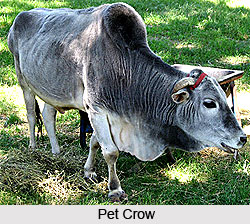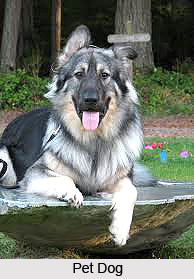 Omen is probably the most widely debated topic. According to Vastu Shastra there are both auspicious and inauspicious omens. If a building is constructed according to the principles of Vastu Shastra the proportion of good omens or auspicious omens will increase. However it must be remembered any unnatural or planned action does not mean omen. The great sage Varahmihir has made logical statement about good and bad omens. According to his studies the good and bad actions of a person in the past are reflected in his future and the pre-intimation is obtained in the present.
Omen is probably the most widely debated topic. According to Vastu Shastra there are both auspicious and inauspicious omens. If a building is constructed according to the principles of Vastu Shastra the proportion of good omens or auspicious omens will increase. However it must be remembered any unnatural or planned action does not mean omen. The great sage Varahmihir has made logical statement about good and bad omens. According to his studies the good and bad actions of a person in the past are reflected in his future and the pre-intimation is obtained in the present.
There are different types of omens. Some of them are related to the domestic animals like cow, dog, cat, horse, bird and others. Some omens are related to wild animals like lion, deer, tiger and bear.
There are several omens related to cows.
These are as follows:-
 1. It is a good omen to see a cow when one is going out on an important work or for traveling.
1. It is a good omen to see a cow when one is going out on an important work or for traveling.
2. According to Vastu Shastra if one sees a cow and a calf after bath he or she will be successful in work that day.
3. If tears come out of the eyes of a cow the head of the house will be prone to illness and even death.
4. If flies or dogs surround the cow there are definite chances of rain that day.
5. If after sunrise a cow or a calf comes to the main entrance of the building on their own it is a good omen.
Domestic animals also include donkeys and the omens associated with this animal are as follows:-
1. When a donkey is standing still on the right side it is a bad omen. However if is stands in a similar posture on the left side it is considered a good omen.
2. If a donkey calls from behind or from the front it is a bad omen.
3. While going on a tour if the donkey is howling on the right side it is a bad omen. However, if it is on the left side it is a good omen.




















